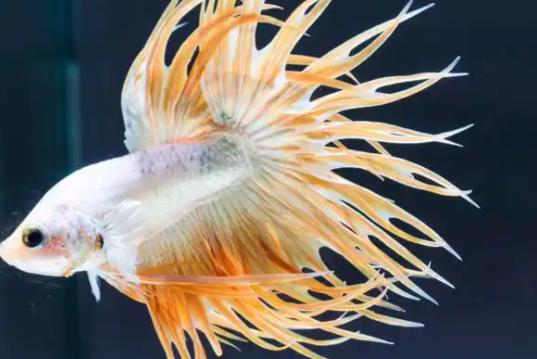Based on tank capacity, filtration systems, and seasonal changes, here are recommended water change frequencies for betta fish:

I. Basic Water Change Frequencies
Small tanks without filtration (under 1.5 liters)
Change 20% of the water daily. Without this, ammonia levels can exceed the dangerous threshold of 0.2ppm in just 3.2 days, causing survival rates to plummet by 72%.
Water in micro tanks deteriorates quickly—use a dropper for precise water changes and keep temperatures consistent.
Medium tanks (3–5 liters)
Without filtration: Change 25–30% of the water every 2–3 days.
With a filtration system: Extend to changing 1/3 of the water weekly.
Large tanks (10+ liters)
With a filtration system: Changing 1/4 of the water weekly maintains a high survival rate of 98.7%.
Pair this with monthly filter media cleaning (rinse using tank water only).
II. Seasonal Adjustments
Summer
Higher temperatures speed up bacterial growth. For small tanks, shorten water changes to every 2–3 days.
Winter
Colder temperatures slow metabolism—extend water changes to once every 15 days.
III. Important Tips
Water change amount: Never replace more than 1/3 of the total water at once to avoid drastic water quality fluctuations.
Temperature control: Keep the difference between new and old water ≤2°C. Turn off heaters before changing water.
Water pre-treatment: Let tap water sit for 24+ hours to remove chlorine.
IV. Special Scenarios
New fish introduction
Change 5% of the water daily for the first 3 days, then follow regular frequencies.
Sick fish
Change 20% of the water daily and add disinfection treatments.
For scientific water changes, adjust flexibly based on water quality monitoring (e.g., ammonia <0.2ppm, nitrite <0.1ppm).
